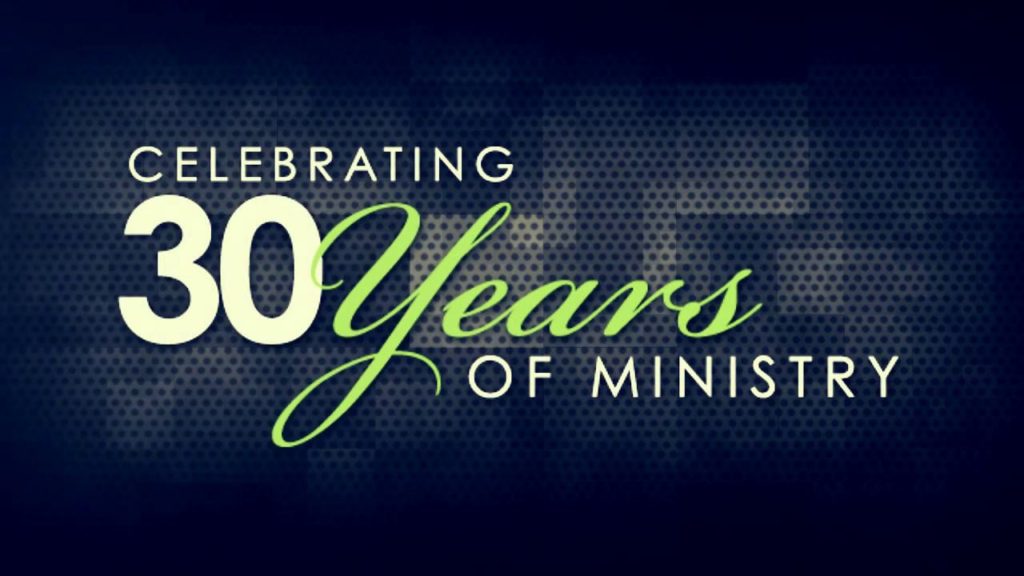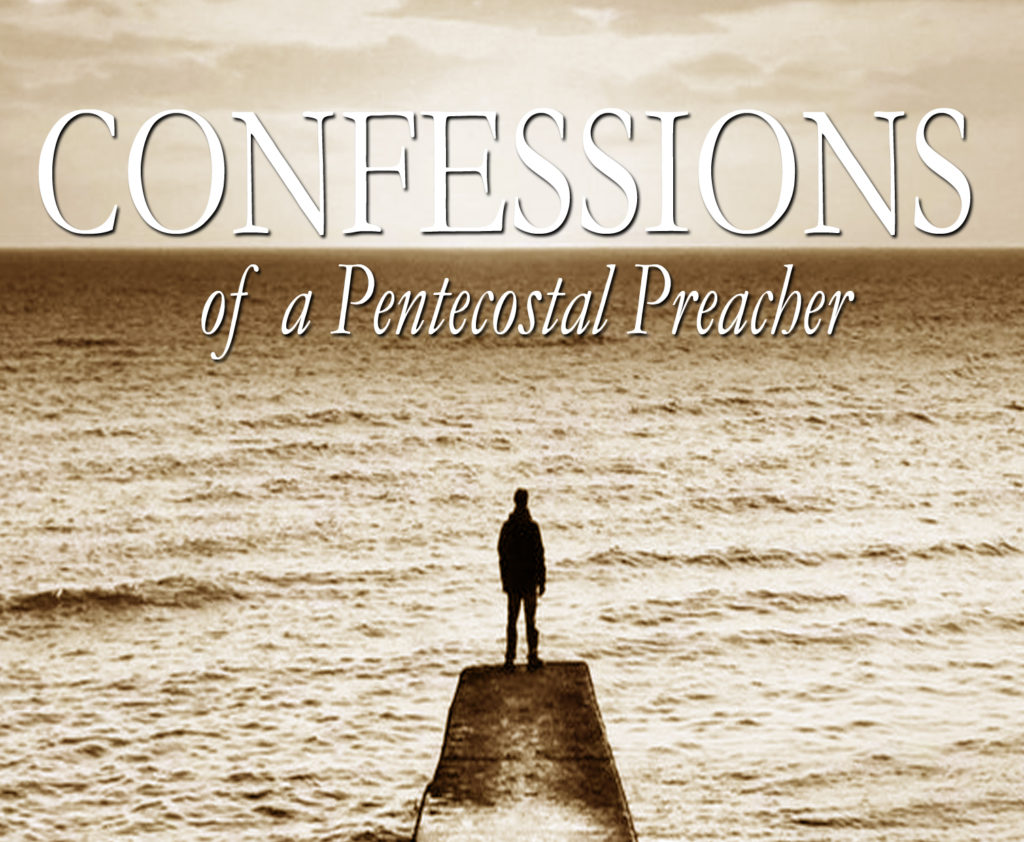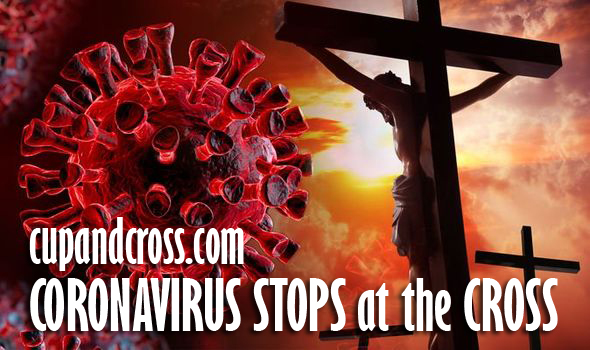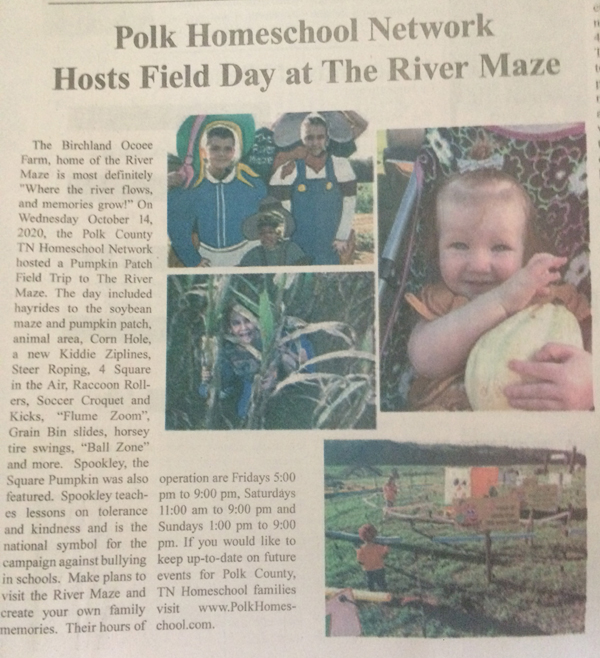30 Years of Miracles: 2010
2010 was the year we felt led to stay in Bulgaria through the winter. It was not an easy decision. Bulgarian winters are hard on everyone, especially on churches and ministries. Even more so, to people who do not stay there all year around and are neither prepared not accustomed to the harsh snowy months. But it was important to be there as both the denomination and our local churches were struggling with difficult decisions ahead. 2010 was also the year where our ministry through the Bulgarian Chaplaincy Association was introduced to chaplaincy on the high sea. But this is another story…
By the fall of 2010, we had crossed Bulgaria several times ministering in most of the churches. Our count by October was at 200+ church services for the year. Dozens of cities and villages, multiple churches and denominations, and most often rented auditoriums for the evangelistic services, which have always been our main focus in ministry.
 As the fall was approaching, we were invited to ministry with our Bulgarian churches in Cyprus. One of our students from the Bulgarian Theological College had started six churches in different locations across the small Mediterranean island among the Bulgarian migrants. October there was still pretty warm and allowed for extensive travel. We held services twice daily for two weeks with a special conference on the last day.
As the fall was approaching, we were invited to ministry with our Bulgarian churches in Cyprus. One of our students from the Bulgarian Theological College had started six churches in different locations across the small Mediterranean island among the Bulgarian migrants. October there was still pretty warm and allowed for extensive travel. We held services twice daily for two weeks with a special conference on the last day.
But ministry was not so easy in the first couple of days after our arrival. As a matter of fact, I often recall that the first services felt like preaching behind a wall. The message was simply not getting through until we realized a different type of warfare needed to be engaged before the Gospel could be preached freely with power.
Such deep spiritual opposition could be hard to understand in other parts of the world where Christianity has been part of the local culture for centuries. It was challenging for our team as well to pin-point the reason and address it in prayer. But when you see a lady moving like a snake or trace not one, not two, but three young deacons in the ministry who cannot have children, it is pretty clear what needs to be done.
Early missionaries call this “demonic displacement” realizing that in a heavy occult island culture like Cyprus, the powers of darkness must be first spiritually displaced before people can receive the Gospel and be saved. Prayer warfare and intentional fasting quickly became part of our daily routine, and before the first week was over we experienced tremendous outpouring in various churches and even in open air services in locations like Pafos where the apostle Paul was beaten in Acts. As a direct result to this new ministry approach, the conference on the last day were there was attended by some 700 people who came from across the island and filled the tabernacle to such an extent that some had to be seated outside in the yard.
This book should have been published seven years ago in 2013. Its original subtitle was going to read “7 Years in Bulgaria.” Instead, it took seven years to finish it with all documents, research archives and new cases. Now, it is finally here and it finally reads like a story – not just choppy interviews, deposition documented testimonies or court records, but a story of struggle, strength and solitude. A story of life and a story of us.
1995-96 The establishing of the first Bulgarian Church of God in Chicago and its first split
2000-01 The contracted building of the ministry center for the Central Church of God in Sofia
2002-03 The church split in Southaven and what followed next
2005-06 The post-communist split of the Bulgarian Church of God and consecutive sub-denominations
2010-13 The social media network that cost us millions (of souls)
2016 The vote that forced to kill a church
2019-20 The sale of the ministry center for the Central Church of God in Bulgaria
READ: CONFESSIONS of a Pentecostal Preacher
CONFESSIONS of a Pentecostal Preacher
To Mark Alan
We know not why good people have to die,
but we do know we must tell their story…
Chapter I: Beyond the Church and into God
Be without fear in the face of your enemies.
Be brave and upright that God may love thee.
Speak the truth always, even if it leads to your death.
Safeguard the helpless and do no wrong.
That is your oath.
~Kingdom of Heaven (2005)
Separation of church from politics of false religiosity
The phone rang heavy and long. It was 4 AM in Bulgaria, but I was already up. A friend on the other end of the line was calling from South Carolina with a warning of some bad situation. The following morning, I was going to be contacted by the Director questioning why we were ministering in churches outside of our denomination.
The truth was we had ministered in some 300 local churches across the Balkan country of Bulgaria crossing all denominational boundaries and gathering youth from just about every confession. God had used us not only to reach and minister and to lead, but to step into an untouched spiritual realm, to undertake an unfamiliar ministry paradigm and to approach a brand new dimension of reality where He was to be the center of it all. And we had obeyed without questions. Now it was time to pay the price!
* * *
Our denomination, the one to which I remain both critically loyal and loyally critical, spreads over some five generations. Through its century old existence, the struggles and tension between theology and praxis has been in the center. And there, in the very essence of Pentecostalism itself, while some are always celebrating and being celebrated in the office or temple, others are always pushed in the periphery of normal life, hidden from the world behind closed doors and seeking a much deeper experience with God.
These modern day mystics are not only forgotten, but often forbidden. For their riot for righteousness cannot be conceived, contained and controlled by the religious norms of organized officiality. They speak as prophets to a world they so fervently try to escape from, about a reality that does not exist in the normal believer’s mindset. A stage of spirituality that cannot be preached without being lived in the social existence. And a relationship of God that goes far beyond common relationism and into God himself. That God, Who does not abide in offices and temples, but on the cross outside of the city walls…
But I knew nothing of this until that cold winter morning when the phone rang through darkness of the night. Knowing what is coming, rarely changes what we have done to get here.
7 Years in Bulgaria: CONFESSIONS of a Pentecostal Preacher
by Dony K. Donev, D.Min.
Upcoming Releases for United States (October, 2020)
Bulgaria under Pandemic Lockdown till March, 2021
Bulgaria just announced a national lockdown until the spring. The measure comes after 100+ days of anti-government protests and increase of daily COVID cases in the thousands. Some rightly believed, the hesitation of the government to enforce the measures earlier was in light of the upcoming 2021 elections for the Bulgarian Parliament. The delay helps current administration to remain in power as preliminary elections cannot be called within 3-months of regularly scheduled national elections. At the same time, elections under national emergency will be difficult if not virtually impossible to complete.
Churches are not specifically included among other entities under the restrictions. However, evangelical churches have been consistently targeted in the media and strictly censored by public health agencies. Participants in the largest Gipsy church on the Balkans in the city of Samokov were fined in the spring for having Palm Sunday service in the large church yard observing every necessary measure. Close to a dozen of evangelicals leaders died in 2020 due to COVID, which has left a mark on the evangelical community to such an extent that even Centennial of the Pentecostal Movement in Bulgaria could not be properly celebrated as planned. The pandemic has also infringed on the proper change of power within several evangelical denominations (Baptist, United Methodist, Church of God, Church of God of Prophecy, Assemblies of God Pentecostal Union), which had national leadership in 2020-21.
THANKFUL in 2020
10 Reasons to Be Thankful in the Midst of COVID-19 Pandemic
- Families spend more time together at home and in nature
- Gas prices have decreased
- Eating around dinner table has replaced going out to restaurants
- Prayer and return to the Faith has increased
- Homeschooling has become popular
- Open-air church meetings are coming back
- Communities are rallying together to help one another with less individualism
- Politicians are working more cohesively
- We are resourceful and not wasteful appreciating small things and basic necessities
- We are going back to the basics of a slower more grounded lifestyle
BLACK FRIDAY BOOK SALE
All books by Cup&Cross on SALE
Final clearance sale for the year with new titles coming up in early 2021
CLICK the picture below to view all titles on Amazon.com
Polk Homeschool Network Hosts Field Day at the River Maze
November 10, 2020 by Cup&Cross
Filed under Events, Featured, News, Publication
Cup & Cross Ministries Celebrating 30 years of Global Ministry
 Cup & Cross Ministries International, is celebrating 30 years of global ministry. In honor of this momentous occasion, they will host a gala in September. It will take on an entirely new online format packed with fantastic content and exciting news. This year’s theme is “Confessions”. The Cup & Cross board has big plans for this year’s annual Fall Revival Harvest Campaign and 2021 ministry endeavors. Join us to find out just what’s going on with International missions and world evangelization. Their new book, “Confessions of a Pentecostal Preacher” will be featured. The virtual gala will be held as a ‘closed event’ on the Cup & Cross website on Wednesday, September 30th, at 6:00 PM EST. For more information on how you can be involved visit the link below. For complete details, visit www.cupandcross.com
Cup & Cross Ministries International, is celebrating 30 years of global ministry. In honor of this momentous occasion, they will host a gala in September. It will take on an entirely new online format packed with fantastic content and exciting news. This year’s theme is “Confessions”. The Cup & Cross board has big plans for this year’s annual Fall Revival Harvest Campaign and 2021 ministry endeavors. Join us to find out just what’s going on with International missions and world evangelization. Their new book, “Confessions of a Pentecostal Preacher” will be featured. The virtual gala will be held as a ‘closed event’ on the Cup & Cross website on Wednesday, September 30th, at 6:00 PM EST. For more information on how you can be involved visit the link below. For complete details, visit www.cupandcross.com
A Biblical View of the City: Gateways in Modern Day Missions
The city attracts multitudes of people, which makes a desired center for evangelism. Jesus used the city to present His ministry. Paul and the Early Church made it a goal to their mission to establish a new church as a community of believers in many cities of importance within the ancient world. The city strategy has not changed in modern day missions either. Recent analysis of migrant churches in the United States reveals the predominant majority of them are located in cities which have a high influxation and concentration of immigrants. Such localities are called “gateway cities”. Immigrants typically enter the United States through one of these cities and settle there. These areas contain over half of the foreign-born population in the United States as follows:
1. New York, NY Foreign born population 18.7%
2. Los Angeles, CA Foreign born population 27.1%
3. Houston, TX Foreign born population 12.3%
4. Washington, DC Foreign born population 8.6%
5. Miami, FL Foreign born population 33.6%
6. Chicago, IL Foreign born population 11.1%
7. San Francisco, CA Foreign born population 20.0%
I was called … Celebrating 30 Years of Global Ministry

During the month of September, our ministry is celebrating 30 years in Global Harvest. I was saved in my hometown of Yambol Bulgaria on August 9, 1990 and baptized with the Holy Spirit seven days later. In two weeks time, God called me to preach and I preached my first sermon one Friday night in September at the Church of God in the mountain town of Pravetz, Bulgaria where a small group of Pentecostal believers had kept the faith during the long years of the Communist Regime. At that time, Pravetz was known as a stronghold of Communism where the Communist president who ruled Bulgaria for 36 years was born. Many, including school officials, did not receive our faith and openly tried to suppress its expression. All night prayer meetings were a weekly event, and chain fasting almost never stopped. The Bulgarian Church of God was still underground.
Only 14 were present at the meeting as I preached from Genesis chapter 14. Little I knew that just a few short months later, the youth group of the church would count over 100 strong and growing, and with the Berlin Wall now fallen revival was on the way. That night in Pravetz Bulgaria I just preached a sermon from the Word. That same Word, which God still claims cannot return void. For Revival must go on …
Now 30 years later, the time to tell the story has finally come!
This book should have been published seven years ago in 2013. Its original subtitle was going to read “7 Years in Bulgaria.” Instead, it took seven years to finish it with all documents, research archives and new cases. Now, it is finally here and it finally reads like a story – not just choppy interviews, deposition documented testimonies or court records, but a story of struggle, strength and solitude. A story of life and a story of us.
1995-96 The establishing of the first Bulgarian Church of God in Chicago and its first split
2000-01 The contracted building of the ministry center for the Central Church of God in Sofia
2002-03 The church split in Southaven and what followed next
2005-06 The post-communist split of the Bulgarian Church of God and consecutive sub-denominations
2010-13 The social media network that cost us millions (of souls)
2016 The vote that forced to kill a church
2019-20 The sale of the ministry center for the Central Church of God in Bulgaria
READ: CONFESSIONS of a Pentecostal Preacher
U.S. sends thousands of troops to Bulgaria amid month-long protests and political unrest
Washington may send troops to Bulgaria and Romania as part of the redistribution of US forces in Europe. This was reported by the Wall Street Journal, citing sources familiar with the Pentagon’s plans. According to the information, the redistribution of Stryker brigades in Bulgaria and Romania is possible as a result of President Trump’s decision to withdraw 12,000 troops from Germany, half of which will be sent elsewhere in Europe, including the Black Sea region. The process would take years and cost at least $6 billion. The Stryker Brigades are combat teams of thousands of soldiers and hundreds of vehicles, ready to be transferred by transport aircraft and deployed within 96 hours. NATO air-force bases in Novo Selo and Bezmer are withing minutes of our long term ministry location in the area. Newly built migrant camps are also located nearby along the highway leading to the boarder with Turkey, less than an hour of (normal speed) drive.
Digital Discipleship at Lee University
Digital Discipleship is a practical training manual for the use of collaborative online tools, digital storytelling, creative websites, and mobile networking in the ministry of the Church. This course is intended to provide students with a hands-on toolbox for extending their present ministry to the internet world with the intent of soul-saving and discipleship. There are no pre-requisites to this course, and it is open for enrollment to current students or new applicants. This 3-credit-hour, fully online, asynchronous course will take place June 23 to Aug. 10. To register, visit applytolee.com and use the code DIGITAL (case-sensitive) to waive the $25 application fee.
Lee University 2020 Church of God Scholarship Program
Receive a Lee Online student scholarship of $1,000, disbursed over the academic year – Fall, Spring, and Summer. Continuous enrollment is required. Details are important, so here are some of the finer points of this special scholarship offer:
- The scholarship is open to new applicants starting a program in August 2020.
- The $1,000 will be applied evenly over the 2020-2021 academic year (Fall, Spring, Summer), so make sure you stay enrolled to reap the full reward.
- The award can be used towards Lee Online certificate, undergraduate or graduate programs.
- Enroll full-time (two classes per session) or part-time (one class per session).
- It can be combined with the ministry or military/first responders program tuition discounts (but not with other scholarships).
Make sure to use SPIRIT (case-sensitive) as your discount code when you applytolee.com so that we can reserve your scholarship funds.
Ensure Eligibility
Available to newly enrolled Lee Online undergraduate, graduate, or certificate students with a start date of August 18, 2020. May not be combined with any other offers or scholarships.
Register for your scholarship today here: https://leeuniversity.edu/cog/

















